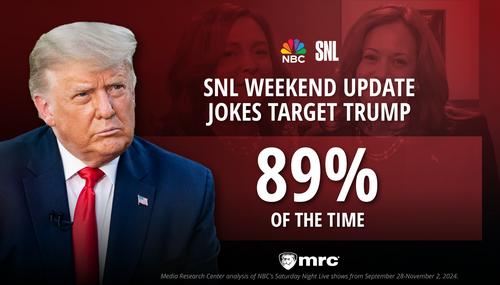
As reported by the Associated Press (h/t Drudge): “The Los Angeles Times Media Group said Wednesday it is reorganizing the newspaper's newsroom into an around-the-clock operation with an emphasis on breaking news on its Web site and offering expanded coverage in its print edition.”
Certainly, one could ask: What took you so long? After all, though most dailies have a web presence that updates news that is reported throughout the day by the nation’s various wire services, most original content is reserved for publication at the start of the new day.
Unfortunately, in an Internet world, this makes such content stale and “old news.” It therefore seems that the LA Times has finally realized what many have known for years:
Under the new approach, the paper will focus on offering multimedia content on its Web site as stories unfold, as well as more personalized ways to get stories. One example is MyLatimes.com, which the Times launched Wednesday. The site uses RSS feeds -- a technology for notifying users of new entries on their favorite news sites and blogs -- to deliver content directly to computer users.
In its print editions, the newspaper will emphasize editorial analysis, investigative reporting, trend stories and features. Reporters also will be directed to report for both the Web and print editions.
"Our philosophy going forward is, 'Break it on the Web, expand on it in print,"' said Times editor Jim O'Shea. "We have to change what we are doing online, and also in print, to better engage readers and users who can choose every day among myriad sources for their news and information."
Of course, this announcement raises an important question: once LA Times readers have seen Paree, how are you going to get them back on the farm?
Put another way, as paper publishers continue to expand their Internet strategies, aren't they moving towards the inevitable time when readers no longer need something thrown on their driveways at five o'clock in the morning containing mostly material they read prior to putting on their pajamas the night before?




